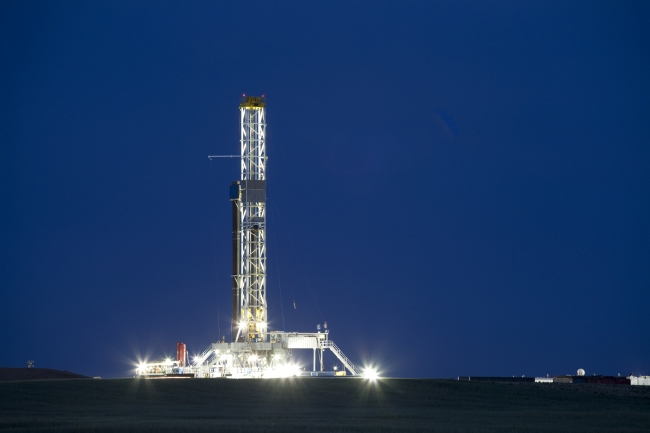 Texas has long been a home to oil exploration. The Midland Basin and the Delaware Basin have helped propel the United States to the top of the world’s top oil producers. Since 2012, no other country has produced more oil than the U.S., and Texas’ large oil reserves are one of the reasons.
Texas has long been a home to oil exploration. The Midland Basin and the Delaware Basin have helped propel the United States to the top of the world’s top oil producers. Since 2012, no other country has produced more oil than the U.S., and Texas’ large oil reserves are one of the reasons.
However, it appears everything IS bigger in Texas. The United States Geological Survey announced that what it believes is the largest continuous oil and gas deposit ever found is located in the Lone Star State. The deposit is located in the Wolfcamp shale formation in what is known as the Midland Basin. The deposit contains an estimated 20 billion barrels of oil and 16 trillion cubic feet of natural gas. It is three times the size of a 2013 deposit discovery located in North Dakota’s oil-rich Bakken-Three Forks formation.
The discovery is notable not only because of its size. The USGS stated that all of the oil that is estimated in the formation is technically recoverable, meaning that unlike other formations, drilling operations could extract all of the oil in the deposit using technology currently available for oil and gas companies, including hydraulic fracturing and horizontal drilling. The amount of oil in the deposit, estimated by the USGS, is three times what the United States uses in a year.
The new discovery’s estimated oil is valued at $900 billion, based on $45 a barrel, which is close to the current market price of oil. While the deposit is a big find, oil companies are not building wells in the area just yet, and that may not happen anytime soon. For new wells to be profitable and cover the costs of testing and drilling, the price of oil will have to be north of $65 a barrel.
“Having been on a hydraulic fracturing site before and seeing the vast amounts of equipment required, drilling operations are expensive,” said Greenfield Advisors’ Vice Chairman and Co-Managing Director, Dr. Clifford Lipscomb. “While there are some wells already in the area, we won’t see drilling really explode until the price of oil per barrel rises enough to cover the initial and significant fixed costs. In recent years, the decreasing price of oil has forced companies to shutter numerous wells because they were no longer profitable.”
We’ll have more on the new discovery as details emerge. Do you think larger deposits are still on the horizon to be discovered? Let us know in the comments.





Recent Comments